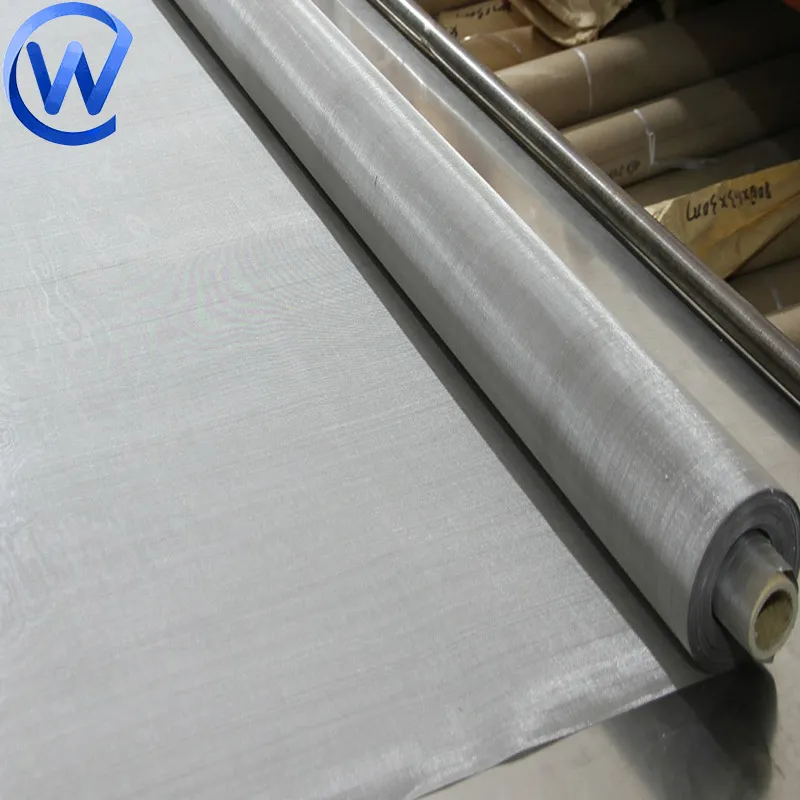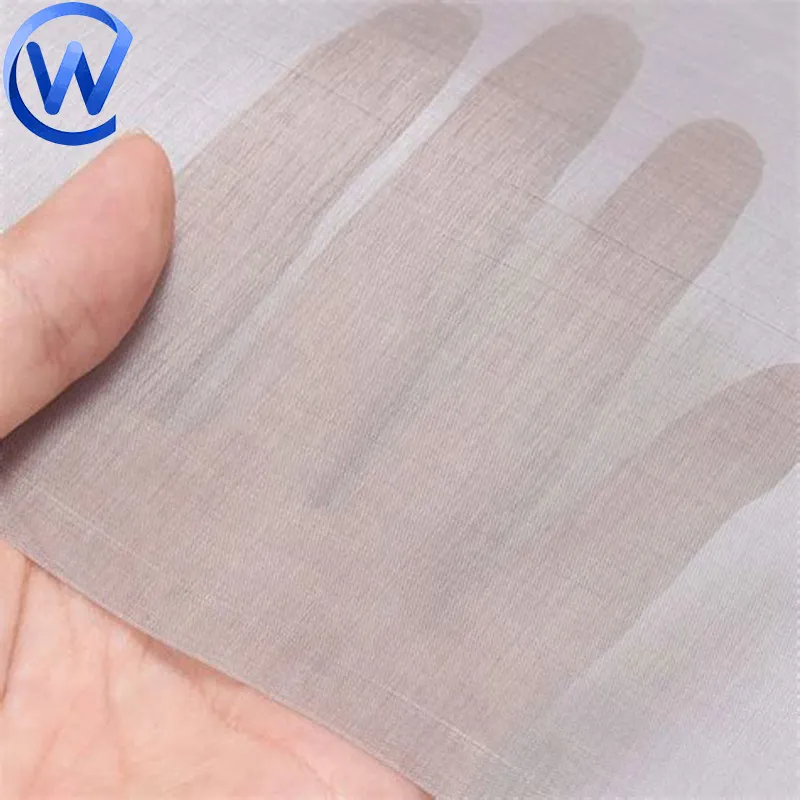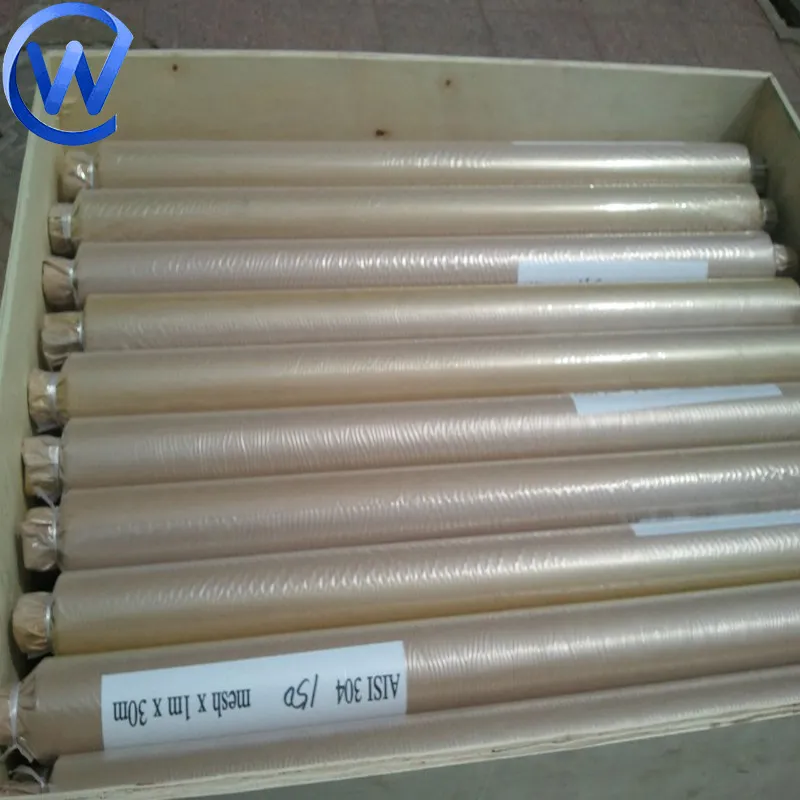-
+86 15030157877
-
sales@galvanizedmetalmesh.com
Oct . 27, 2025 11:55 Back to list
Stainless Steel Wire Mesh – Durable, Precise, Wholesale
A Field Notes Guide to Stainless Mesh: What Buyers Really Need to Know
If you work in filtration, screening, food equipment—or, honestly, anywhere near process lines—you’ve bumped into Stainless Steel Wire Mesh. I’ve toured mills from Hebei to Hamburg, and the same refrain comes up: grades matter, weave matters, and real-world finishing matters more than the brochure suggests.

Why Stainless Steel Wire Mesh is trending (again)
Three currents: sustainability, tighter regulatory scrutiny, and price volatility in synthetics. Reusable metallic media beats throwaway plastics in many plants, and stainless wins because it’s stable at temperature, weldable, and globally standardized. In Anping—South Industrial Zone 07, Hebei, China—capacity and expertise have quietly scaled up, which, to be honest, is why lead times have improved lately.
Quick specifications at a glance
| Parameter | Typical Range (≈) | Notes (real-world use may vary) |
|---|---|---|
| Alloys | T304, 304L, 316, 316L, 310S | T304 most common; 316L for chlorides; 310S for high heat |
| Mesh Count | 2–400 mesh | Twill/Dutch weaves handle ultra-fine filtration |
| Wire Diameter | 0.025–5.0 mm | ASTM A580 wire; tensile ≈ 600–900 MPa |
| Weaves | Plain, Twill, Plain Dutch, Twill Dutch | Dutch styles boost strength and lower micron rating |
| Finishes | Annealed, Passivated, Calendared | Passivation to ASTM A967 is worth it for corrosion |
| Widths | 0.5–2.0 m standard | Custom cuts and discs common |

Process flow and testing (what I saw on the floor)
Materials: certified coil wire (T304/316L/310S) → wire drawing → intermediate anneal → precision weaving (looms calibrated to ISO 9044) → optional calendaring for thickness control → ultrasonic cleaning → passivation (A967) → slitting/cutting → final QA.
Testing standards: ASTM E2016 aperture checks, micrometer wire gauge verification, tensile sampling per ASTM A580, burr and flatness inspection, corrosion screening (B117 salt spray where relevant). Lab snapshots: 316L showed no red rust after 96 h B117; 304 had faint tea-staining in coastal spray boxes—normal, frankly.
Service life: around 5–15 years in food/pharma; 2–8 years in aggressive chemical or mining duty (media size and cleaning regime drive the spread).
Applications and advantages
Stainless Steel Wire Mesh is commonplace in mining screens, chemical reactors, edible-oil filtration, flour sifters, tablet coating, and even architectural facades. Advantages: corrosion resistance, heat stability (up to ≈ 800–1000°C for 310S), dimensional repeatability, cleanability, and traceability—customers love batch-level certs.

Vendor comparison (simplified)
| Vendor | Grades/Weaves | MOQ | Lead Time | Certs | Notes |
|---|---|---|---|---|---|
| Anping Manufacturer | 304/316L, Plain–Dutch | ≈ 50–100 m | 10–20 days | ISO 9001, RoHS | Best value, flexible cuts |
| EU Fabricator | 316L/310S, Fine Dutch | ≈ 100 m | 3–5 weeks | ISO 9001, 14001 | Tighter tolerances |
| US Distributor | Stock 304/316 | 1 roll | Ex-stock | NSF/ANSI 51 ready | Fastest delivery |
Customization and real-world feedback
Customization typically covers mesh count, wire diameter, weave, roll width/length, and edge prep (raw, welded, framed). Food clients ask for passivation certs and FDA/NSF statements; pharma buyers push for traceable heat numbers. Many customers say calendared Stainless Steel Wire Mesh runs flatter in automated pleating—less jam, fewer rejects.
Case snapshots
- Edible oil plant swapped 304 Plain 60 mesh to 316L Twill Dutch 80×700; cleaning interval up 35%, operators happier.
- Pharma fluid-bed: passivated, ultrasonically cleaned mesh reduced extractables; QA signed off faster.
- Coastal HVAC facade: 316L with periodic freshwater rinse prevented tea-staining—simple but effective.

Standards and compliance: ASTM E2016/ISO 9044 for wire cloth; ASTM A580 for wire; ASTM A967 passivation; optional salt spray per ASTM B117; food-contact statements aligned with FDA considerations and NSF/ANSI 51 where applicable.
Citations
- ASTM E2016 – Standard Specification for Industrial Wire Cloth
- ISO 9044 – Industrial Woven Wire Cloth – Technical Requirements
- ASTM A580/A580M – Stainless Steel Wire
- ASTM A967 – Chemical Passivation Treatments for Stainless Steel
- NSF/ANSI 51 – Food Equipment Materials
-
Durable Fence Barbed Wire Solutions for Global Security & Agriculture
NewsNov.24,2025
-
Comprehensive Guide to Barbed Fence Wire – Durability, Uses & Innovations
NewsNov.23,2025
-
Barb Wire Price Per Roll – Understanding Costs, Trends & Global Applications
NewsNov.22,2025
-
Stainless Steel Barbed Wire: Durable Security for Global Industries & Relief Efforts
NewsNov.22,2025
-
Comprehensive Guide to Razor Wire Prices: Factors, Trends & Vendors
NewsNov.21,2025
-
Concertina Razor Wire: The Ultimate Guide to Secure, Practical Barrier Solutions
NewsNov.20,2025



